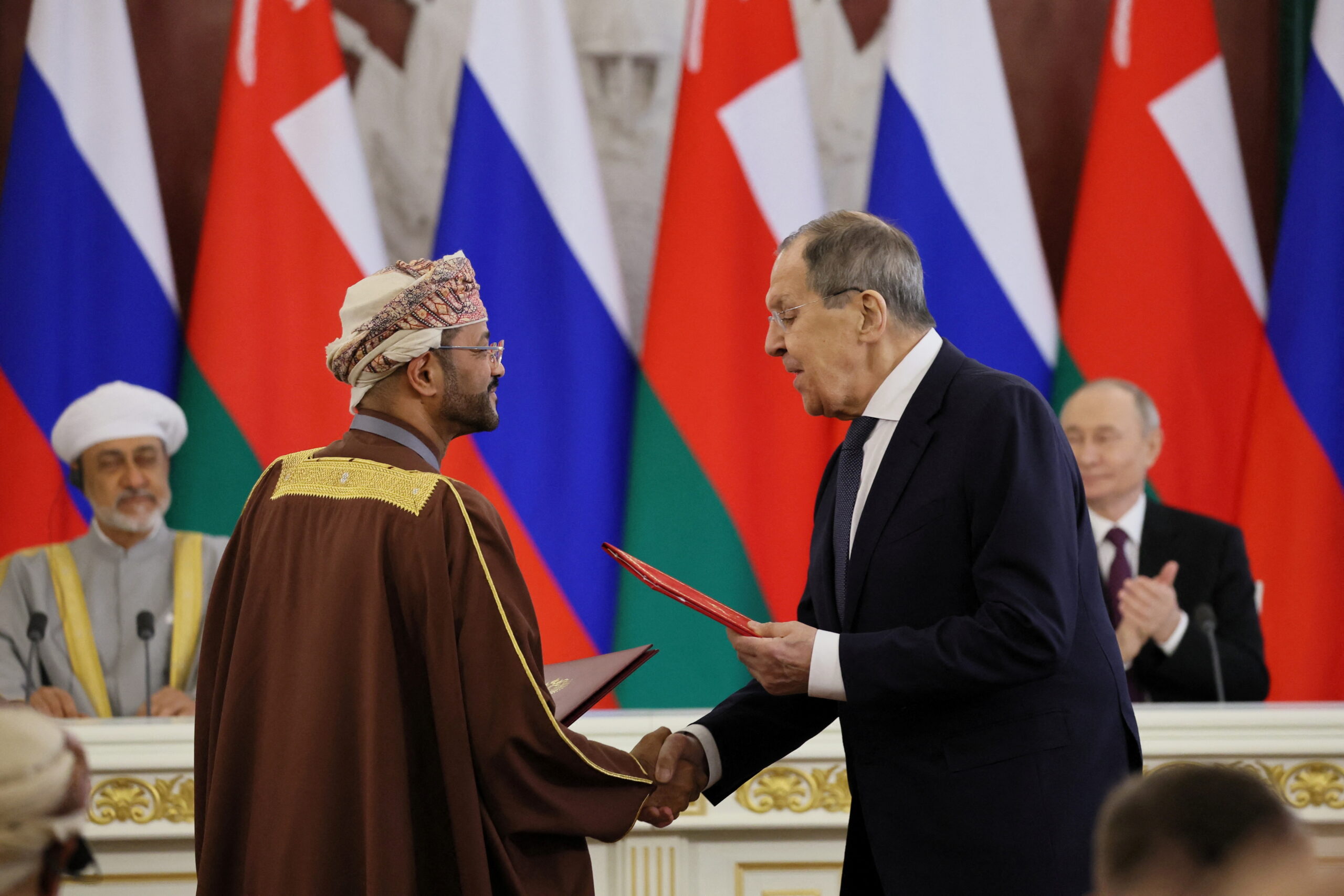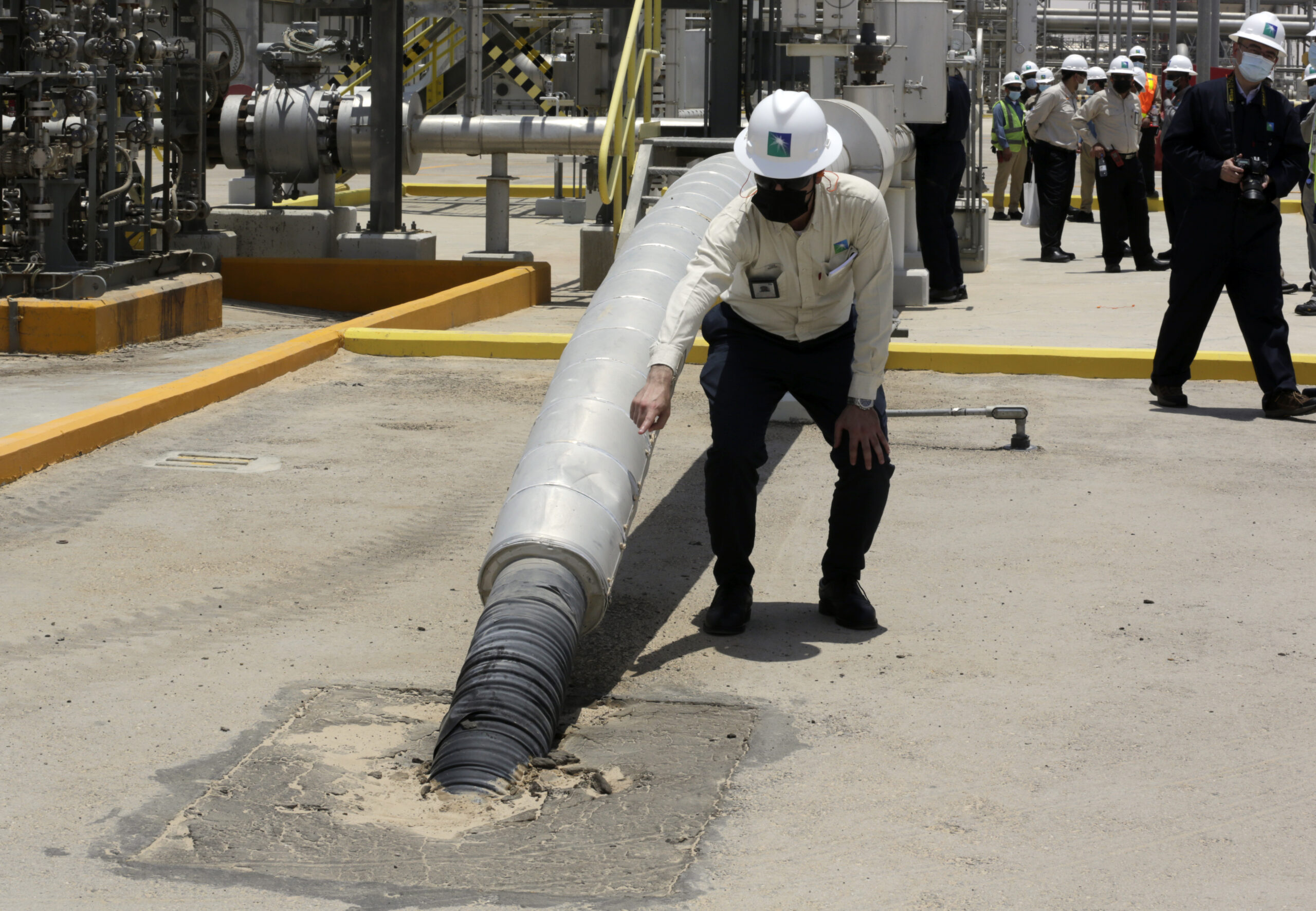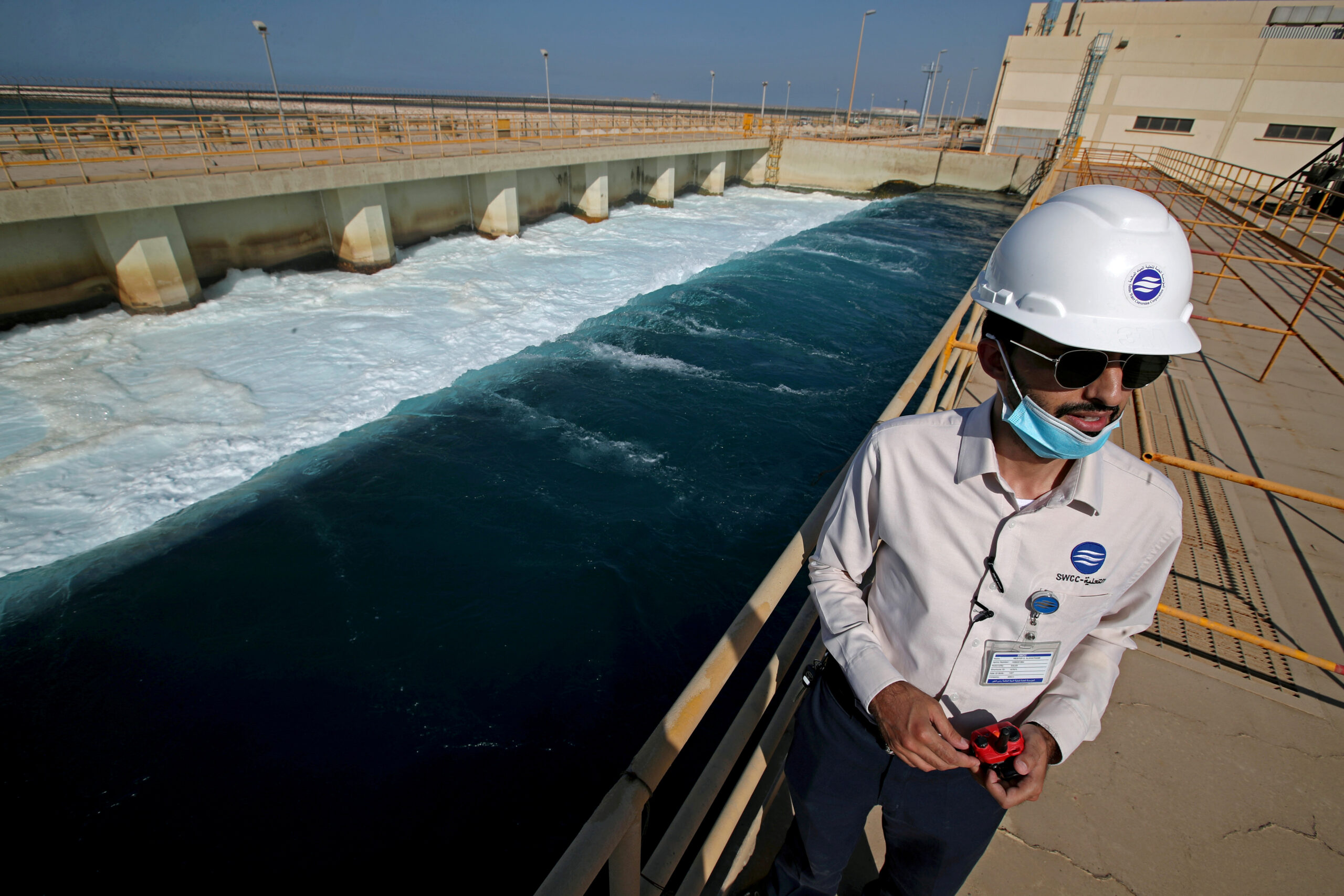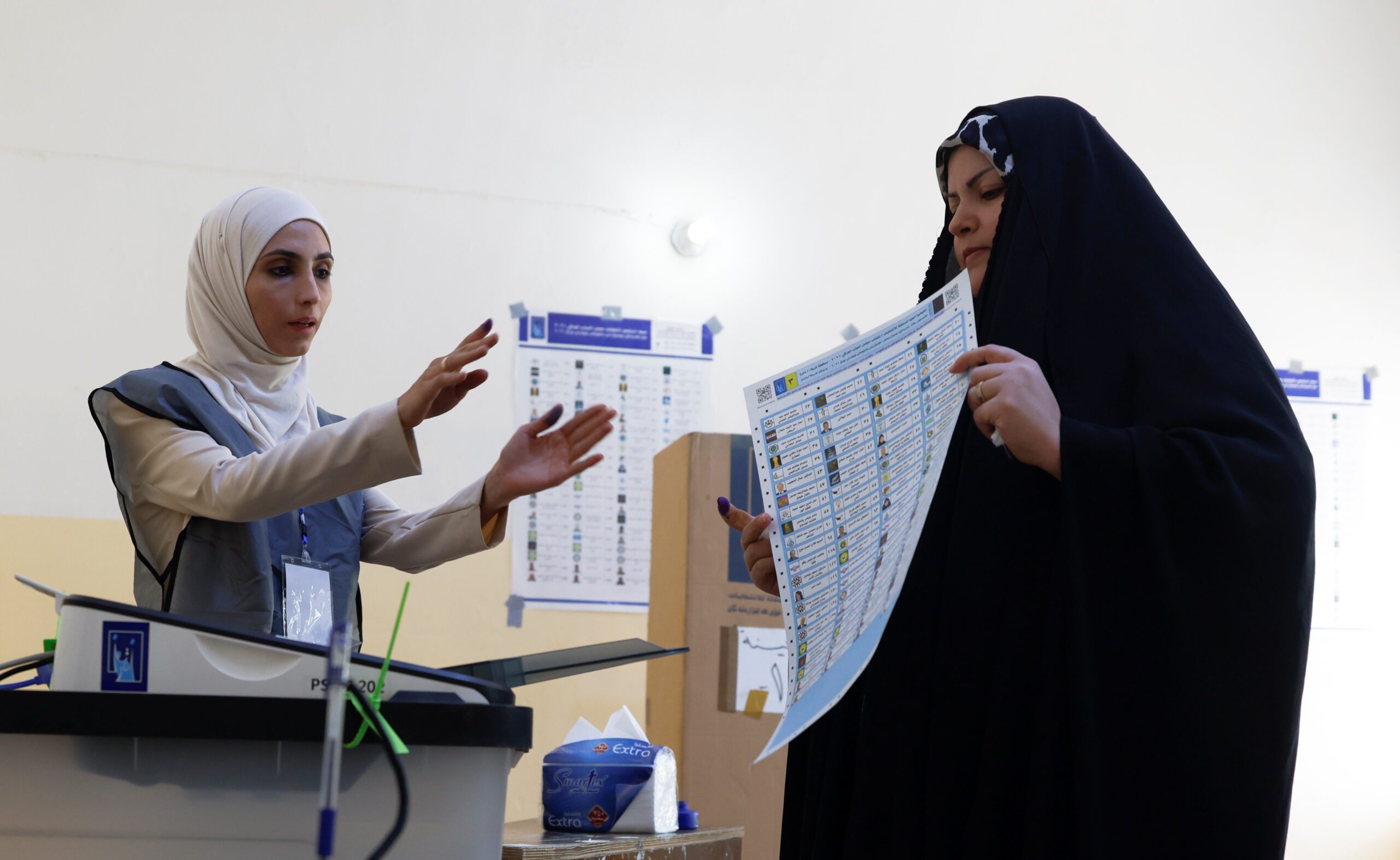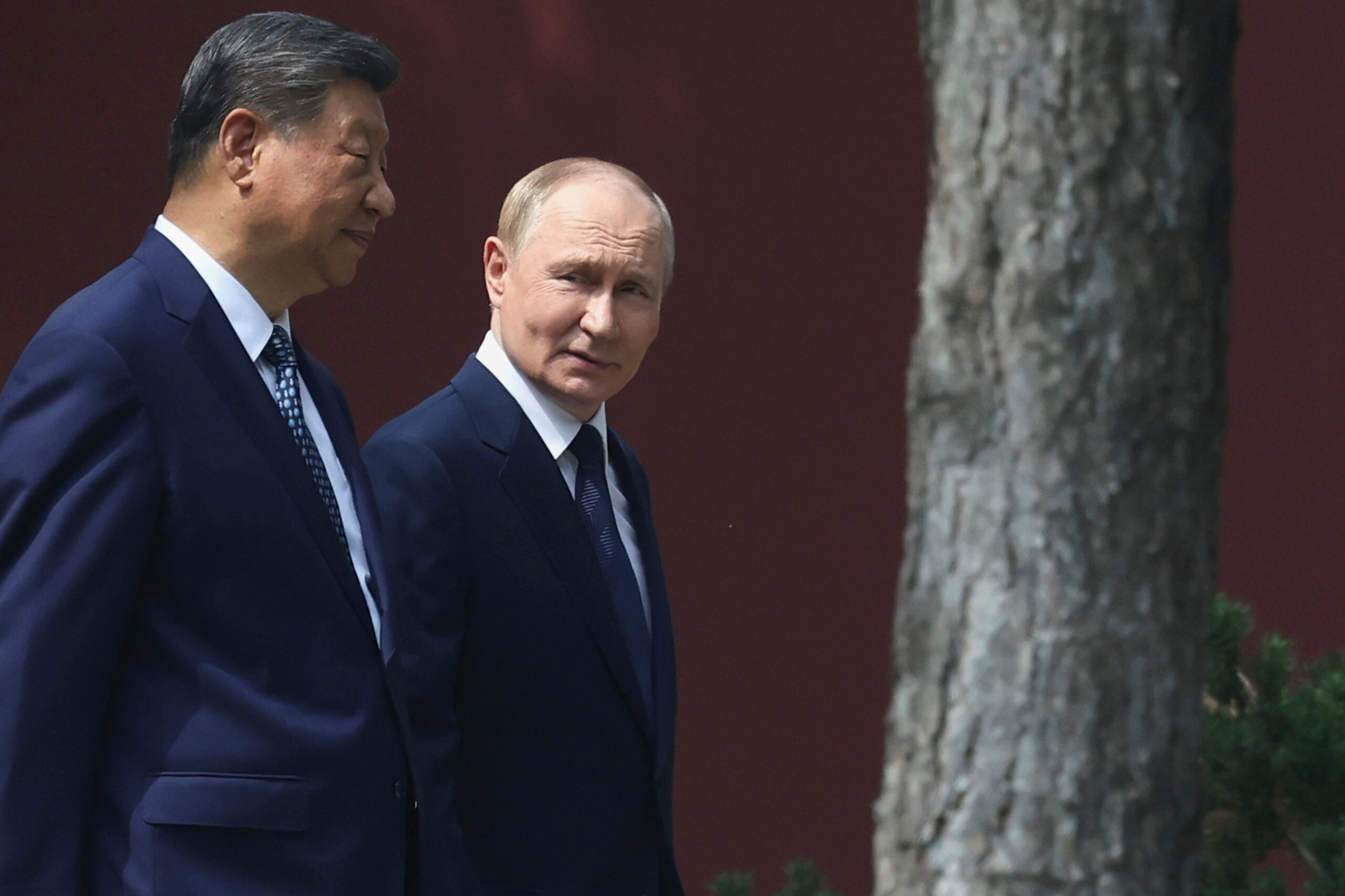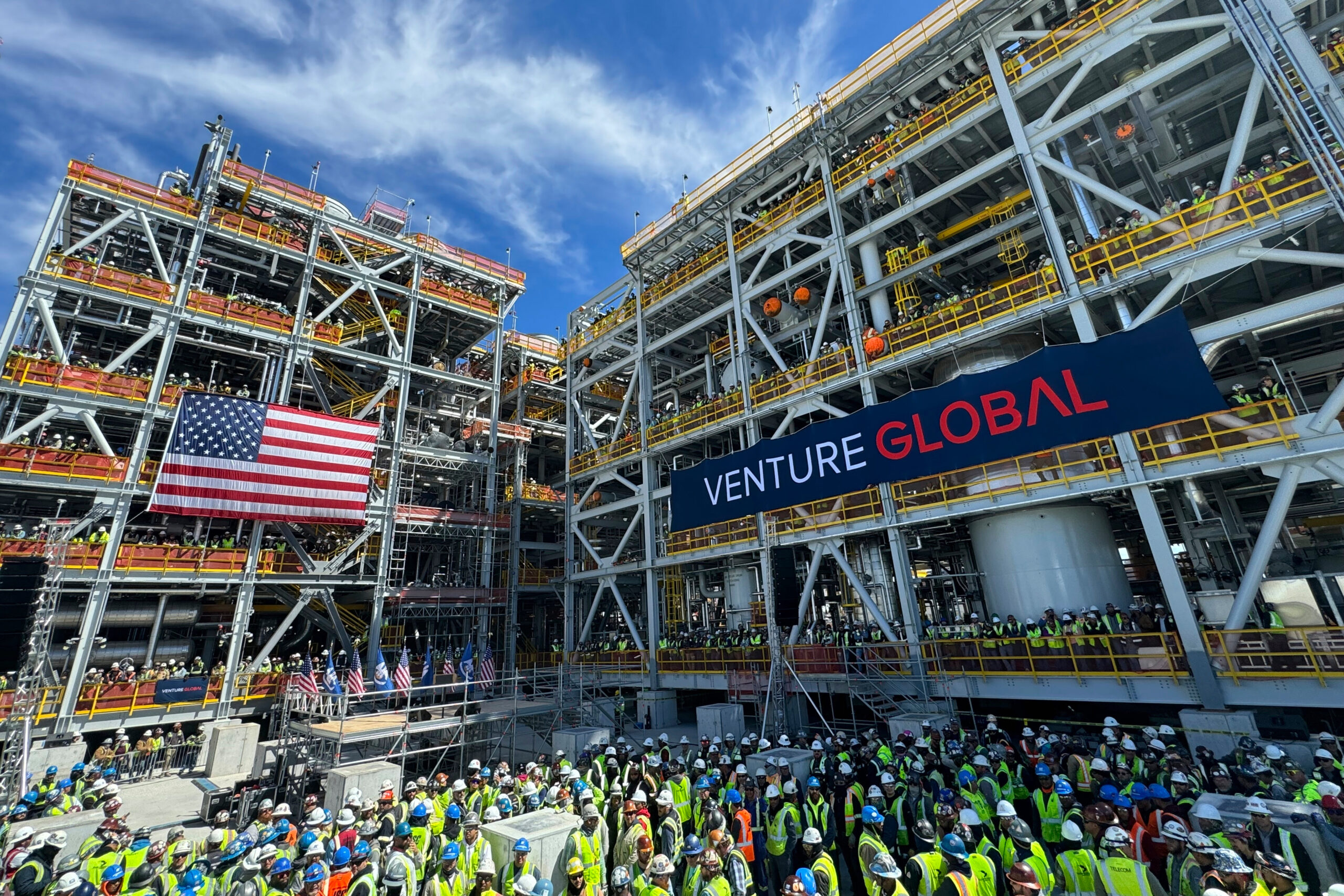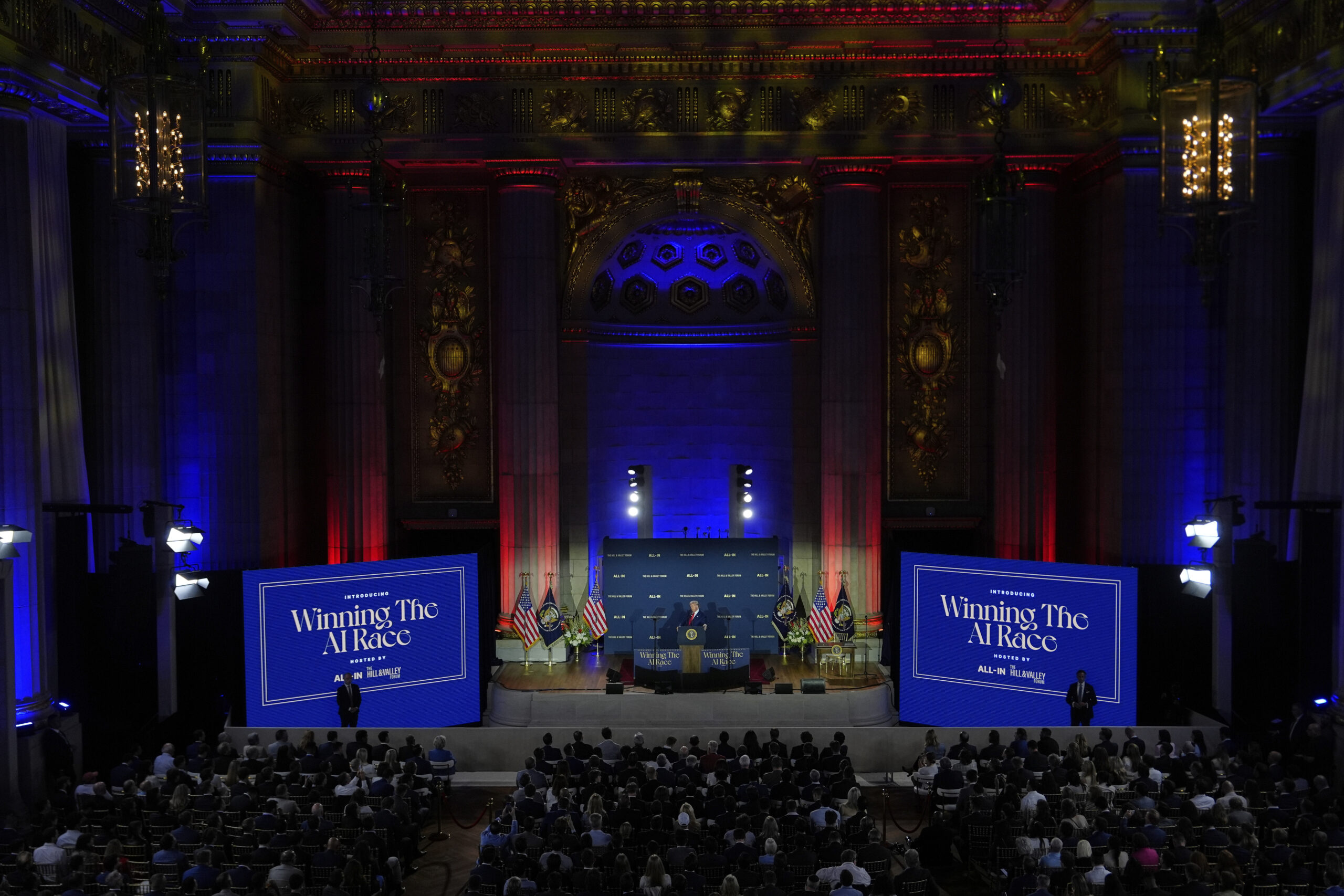Oman’s Hydrogen Horizon: Linking Local Industry to Global Decarbonization
By linking domestic renewable energy capacity with industrial-scale production and export corridors, Oman is building a framework to transform its hydrogen ambitions into a sustainable and globally relevant industry.
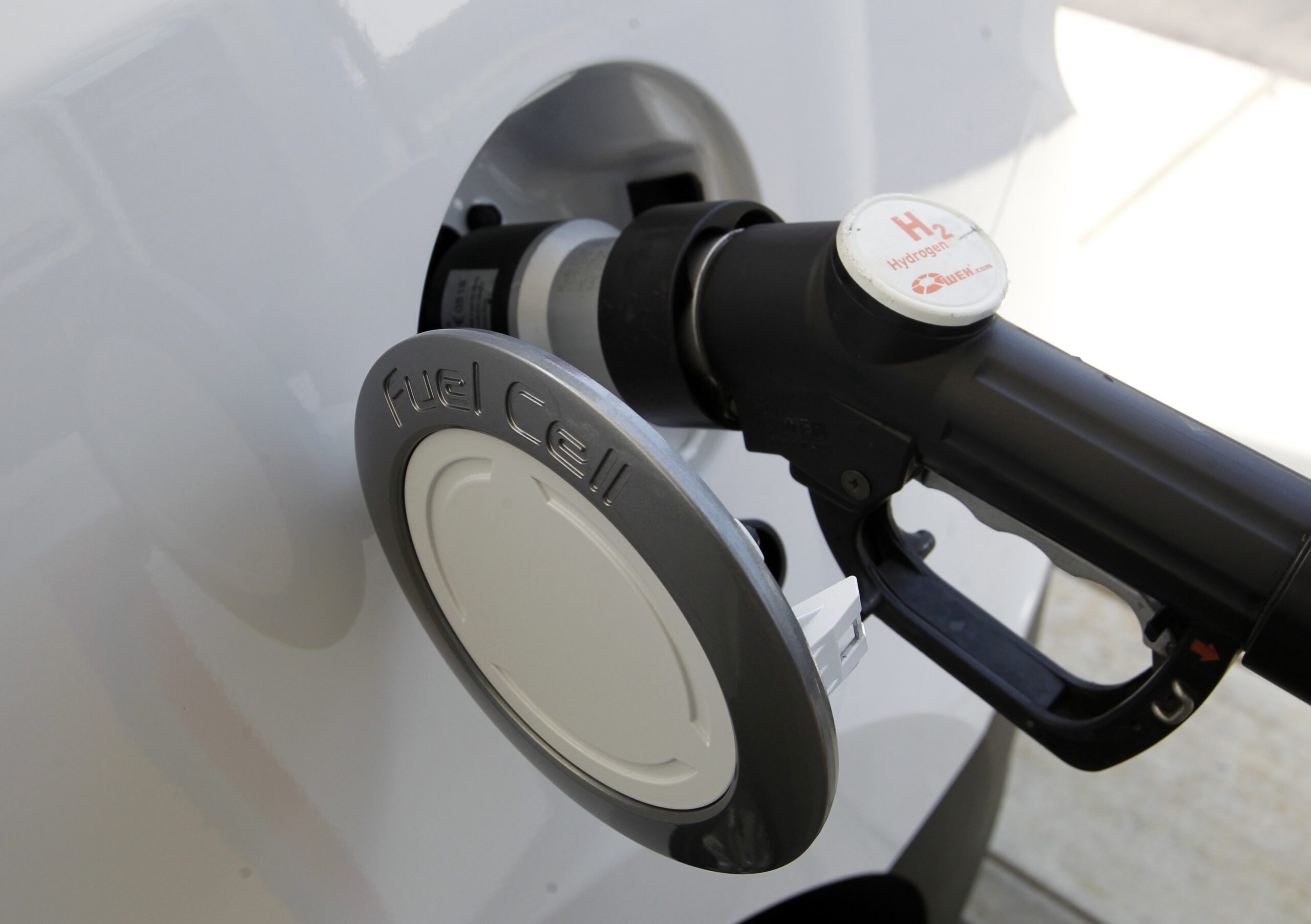
The United Nations-affiliated Intergovernmental Panel on Climate Change Sixth Assessment report “Mitigation of Climate Change” calls urgently for deep reductions of greenhouse gas emissions across all sectors. While electrification is central to decarbonization, certain hard-to-abate sectors – including aviation, shipping, steel, and cement – require alternative solutions. In these areas, green hydrogen offers a promising path for lowering carbon emissions and decoupling economic growth from fossil fuel dependence, though its adoption depends as much on geopolitics, economics, and infrastructure as on technology.
Oman has moved rapidly to position itself as a regional and global hub for green hydrogen, driven by economic diversification and climate goals under Vision 2040. While strategic ambition and active international engagement underscore its potential role in the future of clean energy, the country must navigate technological, economic, and resource-related challenges to fully realize these objectives.
Oman’s hydrogen ambitions – targeting 1.5 million tons annually by 2030 with over $50 billion in committed projects – place it close to Saudi Arabia’s Neom, which aims for 600,000 tons annually powered by 4 gigawatts of renewables, and rival the United Arab Emirate’s low carbon hydrogen capacity exceeding 1.4 million tons per year. Qatar, meanwhile, emphasizes blue hydrogen linked to natural gas and carbon capture. Unlike many Gulf peers reliant on blue hydrogen pathways, Oman stands out as the region’s most fully renewable-powered hydrogen economy, integrating production clusters at Duqm to anchor domestic demand and exports. This combination of relative scale and green structural orientation could give Oman a unique competitive position in the Gulf hydrogen landscape.
The Global Hydrogen Context: Promise vs. Market Realities
Hydrogen is not new to industrial use. For decades, gray hydrogen, derived from natural gas, has been used in refining and fertilizer production. What is new is the shift to green hydrogen, produced through electrolysis using renewable-powered electricity, making it virtually carbon free. Advocates hail hydrogen as indispensable for decarbonizing steel, cement, aviation, chemicals, and long-haul shipping.
However, even as governments adopt ambitious hydrogen roadmaps, practical progress remains uneven. Hydrogen Central has reported on a wave of canceled or postponed projects across Europe, North America, and Australasia. High costs, uncertain demand, and technical barriers have forced companies including ArcelorMittal, Iberdrola, Shell, BP, and Equinor to scale down their ambitions, while U.S. and Australian developers – including Air Products and Fortescue – have also pulled back from largescale projects. The mismatch between green hydrogen’s potential and its economic viability remains stark. For example, Luxembourg-based ArcelorMittal has scrapped plans to transition two plants in Germany to hydrogen-based green steel production, citing prohibitive costs. Yet, in the Gulf, flagship ventures, such as Neom in Saudi Arabia, are proceeding, buoyed by state support and long-term strategic bets.
This global slowdown contextualizes Oman’s ambitions. Unlike advanced economies struggling to retrofit existing infrastructure, Oman can build an energy transition architecture from the ground up, harnessing its abundant renewable resources and unencumbered industrial space. Nevertheless, Oman’s plans face the same structural cost hurdles that have undermined projects elsewhere. Its distinct advantages – geography, renewables, political stability, and strategic partnerships – must therefore be weighed carefully against these constraints.
Oman’s Renewable Energy Expansion as a Foundation
Green hydrogen is only as clean as the electricity that produces it. Thus, Oman’s hydrogen strategy depends first and foremost on scaling renewable capacity, a project that has accelerated in recent years.
Oman has committed to sourcing 30% of its electricity from renewables by 2030 and 60% by 2040. As of May, renewables comprised 11.5% of Oman’s energy mix. Large-scale solar plants have been pivotal, most recently the 500 megawatt Manah I solar facility, built by Shanghai Electric with France’s EDF and Korea Western Power, came online operating under a 20-year power purchase agreement with Nama Power. Other projects, such as Ibri 2, Dhofar 1, and upcoming Ibri 3 and Dhofar 2, are rapidly boosting capacity.
China has emerged as a central partner. LONGi Green Energy Technology Company has joined forces with Power Construction Corporation of China to providing high-efficiency solar modules for the North Oman Solar Project, powering production for Petroleum Development Oman, the country’s largest producer of oil and gas. JinkoSolar, a major Chinese rival to LONGi, has secured the contract to supply Oman’s first hydrogen-linked solar project, a 487.5 MW facility supporting green ammonia production.
Meanwhile, pioneering smaller-scale initiatives, such as Oman Data Park’s partnership with Solar Wadi to establish the country’s first green energy data center, showcase the capacity-building logic of leveraging renewables for both industry and services.
This ecosystem of renewable projects provides the physical basis for hydrogen electrolysis, without which Oman’s export ambitions would remain aspirational.
Oman’s Green Hydrogen Roadmap: Scaling Supply and Infrastructure
Oman has set a national target to produce 1 million tons of green hydrogen annually by 2030 and 8 million tons by 2050. Achieving such scale requires coordinated planning, institutional innovation, and foreign partnerships. In line with Sultan Haitham bin Tariq al-Said’s directive to fast-track hydrogen development, Oman established Hydrom, charged with overseeing concessions and coordinating upstream renewables with downstream hydrogen and ammonia projects. Hydrom’s portfolio now includes nine awarded projects in Al Wusta and Dhofar, together valued at more than $50 billion and designed to produce roughly 1.5 million tons of green hydrogen per year by 2030.
Oman is also prioritizing industrial clustering. Preliminary planning is underway for the development of a dedicated green hydrogen zone in the Duqm Special Economic Zone. Covering about 7 square miles, the zone aims to co-locate production plants, storage, export facilities, and service corridors, hosting downstream elements of at least five confirmed megaprojects. Duqm is emerging as a green industrial hub, with companies including France’s Engie and South Korea’s Posco contributing to the buildout.
Oman’s first green hydrogen and ammonia plant is already under construction, led by India’s ACME Group. Chinese partners, including Sungrow Hydrogen and Shuangliang Group, are supplying key electrolyzers and hydrogen production systems. Complementing these is an ambitious manufacturing partnership between Oman’s United Engineering Services and China’s Sungrow to build a local factory for electrolyzers and liquefaction systems.
These supply chain and infrastructure commitments address one of the major bottlenecks in global hydrogen rollouts, namely technology dependence. By localizing equipment production and inviting heavy industrial investors, Oman is seeking to move beyond pilot-scale hydrogen projects into creating genuine commercial anchors.
Industrial Anchors: Hydrogen and the Green Steel Value Chain
A key obstacle facing hydrogen economies worldwide is sustaining demand at scale. Oman’s ambition is not only to export hydrogen directly but to integrate it into industrial value chains that can anchor demand domestically while serving international markets.
One initiative is the Meranti Green Steel project, which aims to establish a 2.5 million ton per year green hot briquetted iron plant in Duqm. The project envisions an initial reliance on a gas and hydrogen mix before ramping up to mostly hydrogen by the end of the decade. The plant’s output is intended for Meranti’s green steel plants in Thailand and for European customers pursuing lower-carbon supply chains.
The importance for Oman lies both in demonstrating hydrogen’s role as a commercially viable fuel for heavy industry and in creating the conditions for Omani steel to be integrated into international markets undergoing a shift toward greener materials. Green hydrogen-enabled industries therefore serve as a bridge between Oman’s domestic energy infrastructure and global decarbonization markets, ensuring that these projects are not stranded assets but are aligned with long-term industrial and commercial demand.
Financing the Transition: Sovereign Investment and International Partnerships
Hydrogen megaprojects require unprecedented financing commitments. To support the country’s energy transition and emerging hydrogen sector, the $200 million Future Fund Oman was established as a joint initiative between the sovereign investment authority and Hong Kong’s Templewater. The fund is designed to catalyze investment in renewable energy, electrofuels, green data centers, and low-carbon mobility, strengthening both domestic capacity and Oman’s position in global low-carbon markets.
Beyond domestic capital, Oman actively seeks international partnerships. At the Oman-Korea Green Hydrogen Investment Forum in August, the Ministry of Energy invited Korean companies to join Omani projects, emphasizing shared ambition and Korean technological capacities. Japan, South Korea, China, and India – each possessing ambitious hydrogen import agendas – represent important target markets, while Oman also courts European partnerships. Its balanced diplomacy allows it to navigate great power rivalries, securing investment from China, India, Korea, and Europe simultaneously.
Strategic Geographies: Europe vs. Asia
Oman’s location on the Arabian Sea provides a strategic advantage for hydrogen exports, offering shorter transit times and potentially lower shipping costs to major Asian markets, including India, Japan, South Korea, and China. At the same time, Europe remains a politically and commercially significant target given the European Union’s increasing reliance on hydrogen for decarbonizing steel, chemicals, and heavy transportation.
Duqm, in southeastern Oman, is positioned as the cornerstone of a dual-market export strategy. It anchors an envisioned Oman-Europe liquefied hydrogen corridor while serving as the operational hub for shipments to Asia. The site’s development has been accelerated by Chinese participation. Firms such as Sungrow Hydrogen and Shuangliang Hydrogen have supplied critical equipment and contributed to port infrastructure, industrial zones, and ancillary facilities that integrate renewable generation, electrolysis, and downstream logistics. These partnerships enhance the scalability and technological readiness of Duqm, aimed at transforming it into a comprehensive hydrogen hub rather than a simple export terminal.
Europe offers credibility and a politically backed market, but cost competitiveness remains a challenge; delivered liquefied hydrogen could exceed current European production costs. Asia, in contrast, provides both proximity and scale, with the combined demand of Japan, South Korea, China, and India forming a large and expanding market for green hydrogen and ammonia. By leveraging Duqm as the operational center for both corridors, Oman can validate its hydrogen production in the European market while capturing volume and diversification opportunities in Asia.
This dual-market approach also aligns with Oman’s broader diplomatic strategy of neutrality and multidirectional engagement, reducing dependency on a single region while maximizing strategic flexibility. By integrating domestic renewable energy assets with industrial-scale hydrogen production and export logistics at Duqm, Oman is creating a sustainable, commercially viable pathway for the country’s hydrogen ambitions. Chinese firms’ involvement has been pivotal in enabling this integrated model, providing technology, infrastructure, and expertise that strengthen Oman’s competitive position in both European and Asian hydrogen markets.
Structural Constraints: Technology, Water, and Economics
Oman’s hydrogen strategy is ambitious but faces critical headwinds. First is technology dependence. Oman does not yet manufacture electrolyzers at scale, relying heavily on Chinese partnerships. While joint ventures including United Energy Services-Sungrow aim to fill this gap, dependency raises strategic risks.
Second is water availability (and costs associated with it). Electrolyzers require vast volumes of water – fresh, seawater, or treated wastewater. In an arid country like Oman with scarce water resources, this creates potential trade-offs. Advanced seawater desalination and water recycling will be required, adding to expenses.
Third, and most fundamental, is price competitiveness. Omani planners aim for production at $2 per kilogram by 2030, yet current benchmarks suggest prices at nearly double that. Without international subsidies, regulatory frameworks, or carbon pricing mechanisms that privilege low-carbon fuels, Oman may struggle to sell hydrogen profitably in distant markets.
The Diplomatic and Industrial Dimension: Asia, China, and Balanced Geopolitics
China has emerged as a central player in Oman’s hydrogen sector. Chinese firms have won substantial contracts to supply hydrogen production equipment, especially for large green ammonia and hydrogen projects in Oman. China is embedding itself across Oman’s hydrogen value chain by supplying panels (JinkoSolar), electrolyzers (Sungrow, Shuangliang), and full hydrogen systems (Xinsichuang Hydrogen) and engaging in research and development partnerships, including collaboration on liquefaction technologies with Sultan Qaboos University. Joint interests extend to hydrogen fuel-cell trucking and supply chains.
This partnership is also geopolitical. As U.S.-China tensions constrict Beijing’s access to Western cleantech markets, the Middle East provides fertile terrain for Chinese industries, and Oman is a crucial partner.
Oman’s neutral diplomatic posture – cultivating ties with Europe, Asia, and competing Gulf neighbors – thus becomes an asset, insulating it from overreliance on one bloc. This balance is central to maintaining export flexibility and long-term sovereignty in a competitive global hydrogen market.
Challenges Ahead
Oman’s dual-market hydrogen strategy – anchored at the Duqm hub and supported by strategic partnerships, including major Chinese technology and infrastructure players – positions the country to meet both European and Asian demand while advancing domestic economic diversification.
Yet challenges remain. Cost competitiveness, water scarcity, and global market volatility require careful navigation. Looking ahead, initiatives like the 2025 Green Hydrogen Summit Oman – which will bring together over 3,000 participants to focus on regulatory, financing, and infrastructure priorities – demonstrate Oman’s active role in implementing its hydrogen strategy.
By linking domestic renewable energy capacity with industrial-scale production and export corridors, Oman is building a tangible, forward-looking framework to transform its hydrogen ambitions into a sustainable and globally relevant industry, reinforcing its Vision 2040 and net-zero objectives.
The views represented herein are the author's or speaker's own and do not necessarily reflect the views of AGSI, its staff, or its board of directors.


